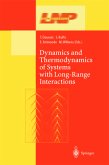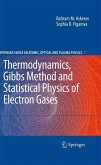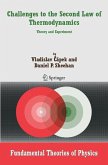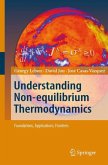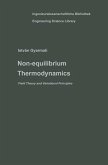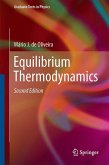Any student working with the celebrated Feynman Lectures will ?nd a chapter in it with the intriguing title Electromagnetic Mass [2, Chap. 28]. In a way, it looks rather out of date, and it would be easy to skate over it, or even just skip it. And yet all bound state particles we know of today have electromagnetic mass. It is just that we approach the question differently. Today we have multiplets of mesons or baryons, and we have colour symmetry, and broken ?avour symmetry, and we think about mass and energy through Hamiltonians. This book is an invitation to look at all these modern ideas with the help of an old light. Everything here is quite standard theory, in fact, classical electromagnetism for the main part. The reader would be expected to have encountered the theory of elec tromagnetism before, but there is a review of all the necessary results, and nothing sophisticated about the calculations. The reader could be any student of physics, or any physicist, but someone whowouldlike to know more about inertia, and the clas sical precursor of mass renormalisation in quantum ?eld theory. In short, someone who feels it worthwhile to ask why F= ma.
From the reviews:
"The reader is guided from basic concepts of electrodynamics, relativity and relativistic dynamics to consider simple models of rigid charge distributions and the problem of inertia. ... This book is written very well and can be best recommended to any physicist contemplating on foundations of physics. Especially, it can be recommended to students after they have absolved the basic courses. They may read this book with pleasure and profit." (K.-E. Hellwig, Zentralblatt MATH, Vol. 1211, 2011)
"This book tackles two of the most thorny and long standing questions of classical electrodynamics ... . chapters can be used to introduce the idea of radiation reaction for a starting PhD Student or even form the basis for a masters project. ... I found this book enjoyable to read, touching upon many issues I had wondered about." (Jonathan Gratus, General Relativity and Gravitation, Vol. 44, 2012)
"The reader is guided from basic concepts of electrodynamics, relativity and relativistic dynamics to consider simple models of rigid charge distributions and the problem of inertia. ... This book is written very well and can be best recommended to any physicist contemplating on foundations of physics. Especially, it can be recommended to students after they have absolved the basic courses. They may read this book with pleasure and profit." (K.-E. Hellwig, Zentralblatt MATH, Vol. 1211, 2011)
"This book tackles two of the most thorny and long standing questions of classical electrodynamics ... . chapters can be used to introduce the idea of radiation reaction for a starting PhD Student or even form the basis for a masters project. ... I found this book enjoyable to read, touching upon many issues I had wondered about." (Jonathan Gratus, General Relativity and Gravitation, Vol. 44, 2012)


